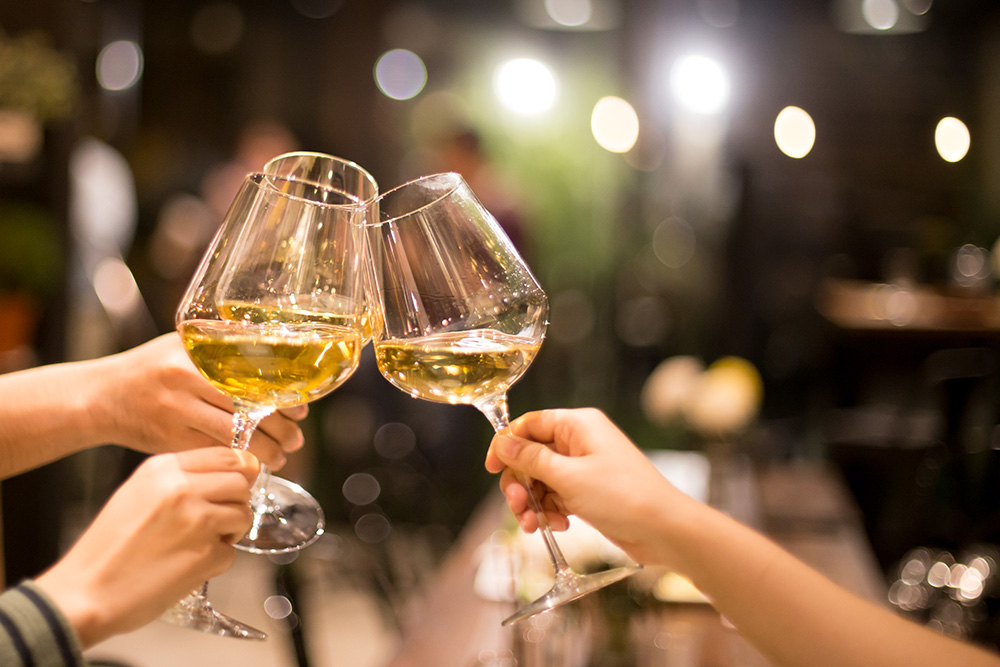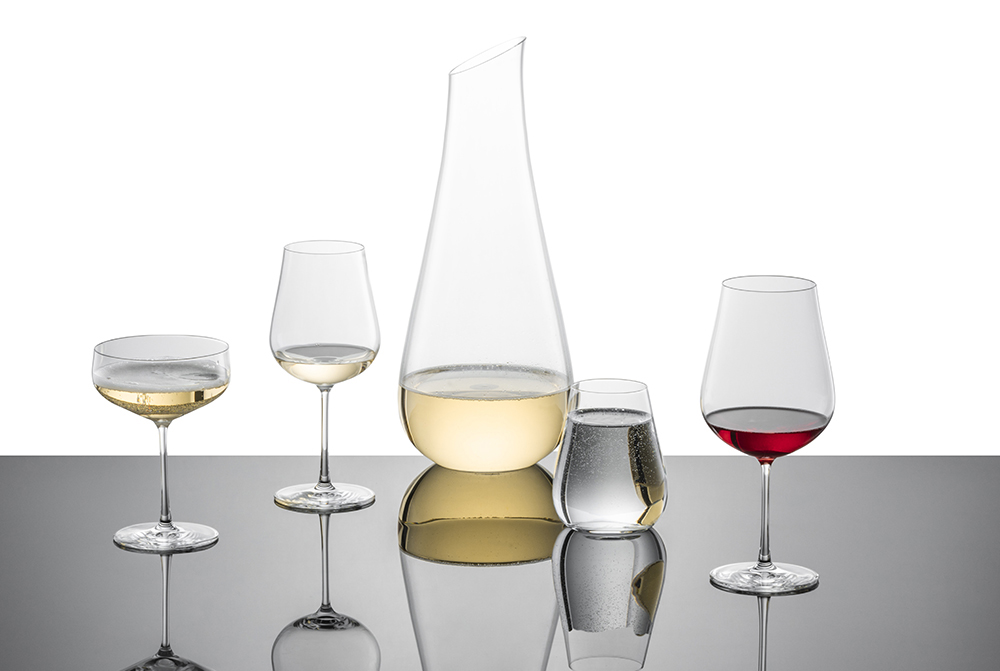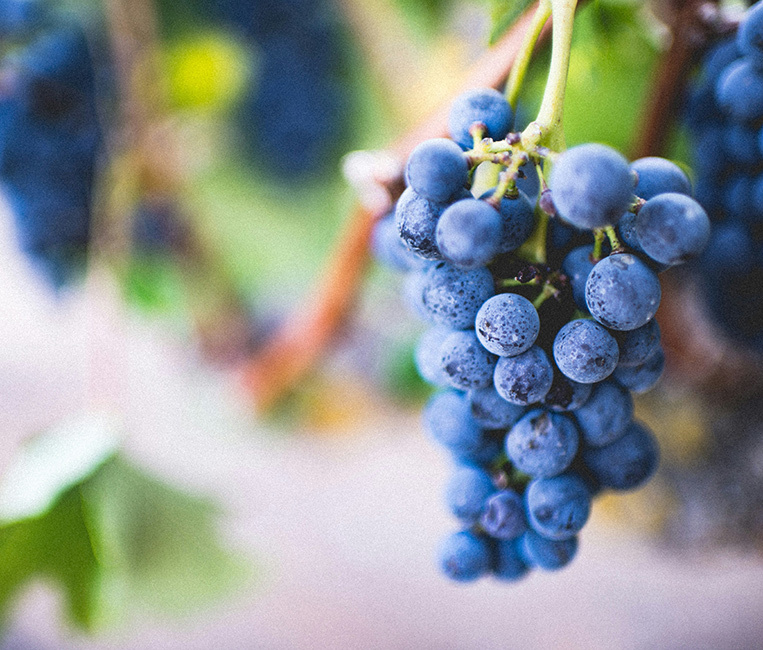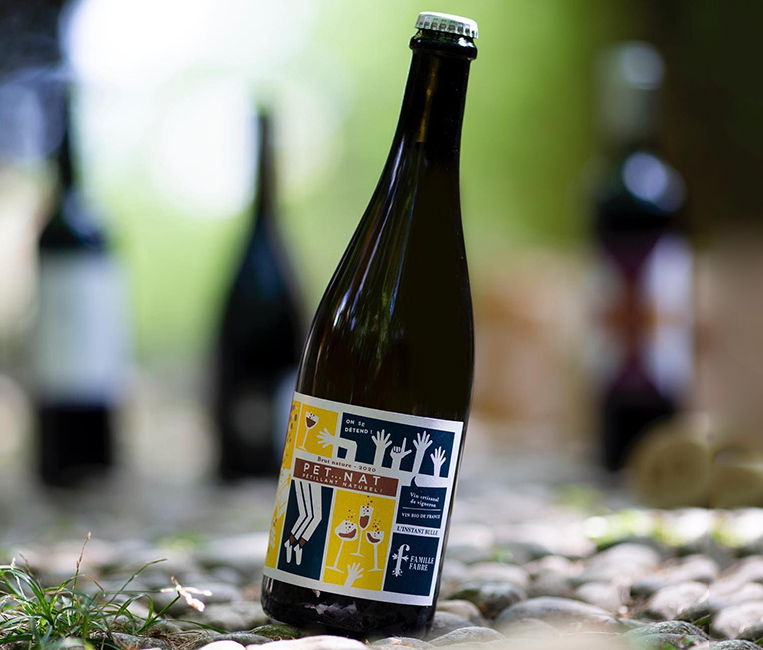Why wine is best had in a glass of its own

As much as soil, climate and the winemaker play a role in making good wine, the wine glass is that vital last mile fulfiller and is as important as each of the contributors to a great wine drinking experience.
Wine is sometimes perceived and criticized even as unapproachable and choice of snobs because some things that need to be done properly when drinking wine. One of those things is to drink wine from wine glasses only. This isn’t just a fuss– there are compelling reasons that make this effort entirely worth it. Wine needs its own exclusive glass to ensure a good if not spectacular tasting experience. It’s a fact that every wine enthusiast will surely swear by. Wine is distinct for several reasons and the emphasis on aromas and flavours as being essential to actually liking the stuff. The wine glass is essential for one to be able to discern all of the wine’s aromas and flavours.

Why go to glass?
So why exactly must one use a moulded bulb supported by a longish stem for wine when most other alcohol is guzzled in regular glasses without fuss. To begin with, a wine glass is important because when poured into a wine glass, the design of the glass (rounded bottom with its sides tapering up and inwards at the rim) allows the wine to breathe. As the wine comes in contact with the bottom of the glass, its aromas are released and contained in that vital space between the wine and the rim of the glass. This area is called the fume chamber and must be empty which explains why a wine glass should only ever be filled one third. The tip of the tongue picks up sweetness (fruit), the sides sourness (acidity) and the back of the tongue, the bitterness (tannins). Sometimes the design of the glass can also determine how the drinker needs to tilt one’s head back for the wine to land on that specific spot on the tongue.
Interestingly, the shape of the glass also controls the flow of the wine in to your mouth. A wider rimmed glass allows the wine to enter the mouth slower, spreading the wine across the side of the palate. The size of the bowl determines the wine’s ability to ‘breathe’. Red wines require a wider bowl as these wines have tannic structure as well as fruit and therefore need more surface contact to breathe and release the aromas while white wines drink perfectly well in narrower bulbs that concentrate the fruit flavours and acidity. Now while sparkling wines are
consumed in slender tulip glasses that makes the bubbles visible for much longer, some enthusiasts prefer using the white wine glass especially to taste premium Champagnes. And the science and industry of wine glasses has gone even more deeper, having created ranges of glasses customised for specific grape types, regions and styles. We’ll definitely shed light on all of those in another feature soon.

Crystal Clear
Now, while a case for using wine glasses has largely been made, there’s one tragedy that we must necessarily bemoan. While a good glass can make an ordinary wine taste better, a bad glass can make even the best wine feel mediocre. In the wine universe, any glass that isn’t crystal, is for all intensive purposes, not a good glass. Pesi Engineer, General Manager India at Zwiesel kristallglas AG India liaison Office explains why: The glass is a vessel that lifts the quality of the wine. The glass is the soul of the wine. Now ordinary glass is produced using soda and lime. When tasting wine in this glass, the flavours won’t get picked up and the wine’s length on the palate is considerably reduced. A regular glass has an inconsistent rim, a porous surface and imbalance between stem and bowl – you might as well drink the wine in a coffee cup. Crystal glasses have greater clarity and allow the wine to breathe and release the vital aromas and flavours. Schott Zwiesel goes a step further using a patented technology called Tritan wherein we add semi precious metals that enhance the brilliance and durability of the crystal glass.
So, the importance of a wine glass but of a crystal wine glass has been amply highlighted and will hopefully convert the skeptics, enlighten budding wine enthusiasts and delight the believers. So treat yourself to a distinct sensory exercise that has the reward of fully enjoying a wholesome wine expression at the end of it. Pour the ferment into the crystal mould, nose and taste away.
Schott Zwiesel, now available at thewinepark.com
For over 150 years, Zwiesel Glas has combined handmade perfection and state-of the-art modern technology in glass production. Zwiesel Kristallglas meets the highest standards of professional users and private households in over 120 countries worldwide.

The AIR range
The exceptional concept series AIR is inspired by a function driven design. Each glass form strikes a perfect sensory balance and is optimally suited to the most renowned wine styles. An exceptional drinking experience in terms of look and feel is therefore guaranteed. The AIR series is made of TRITAN® PROTECT, a technology that provides the glass with double the protectionDiva Decanter
In its simplest form, just pouring a good Vintage into our Schott Zwiesel Decanters can do wonders to the body, bouquet & flavor of the wine. The exquisite shapes ensure the wine gets poured gently into the base, not bruising the wine, allowing the right kind of aeration, whereby the soul of the wine is eventually revealed in it’s truest form.Zwiesel 1872 The First by Enrico Bernardo
The First collection offers connoisseurs like Enrico Bernardo the scope for interpretation that conservative glass collections lack. The glasses permit a more pronounced associative attribution to a wine’s particular flavours. Smooth, polished rims, extremely thin walls and tapered shapes – allow a wine’s full intensity of color to be appreciated, while it breathes and develops its bouquet. All of the Zwiesel 1872 The First range is hand made from Titanium Crystal.




